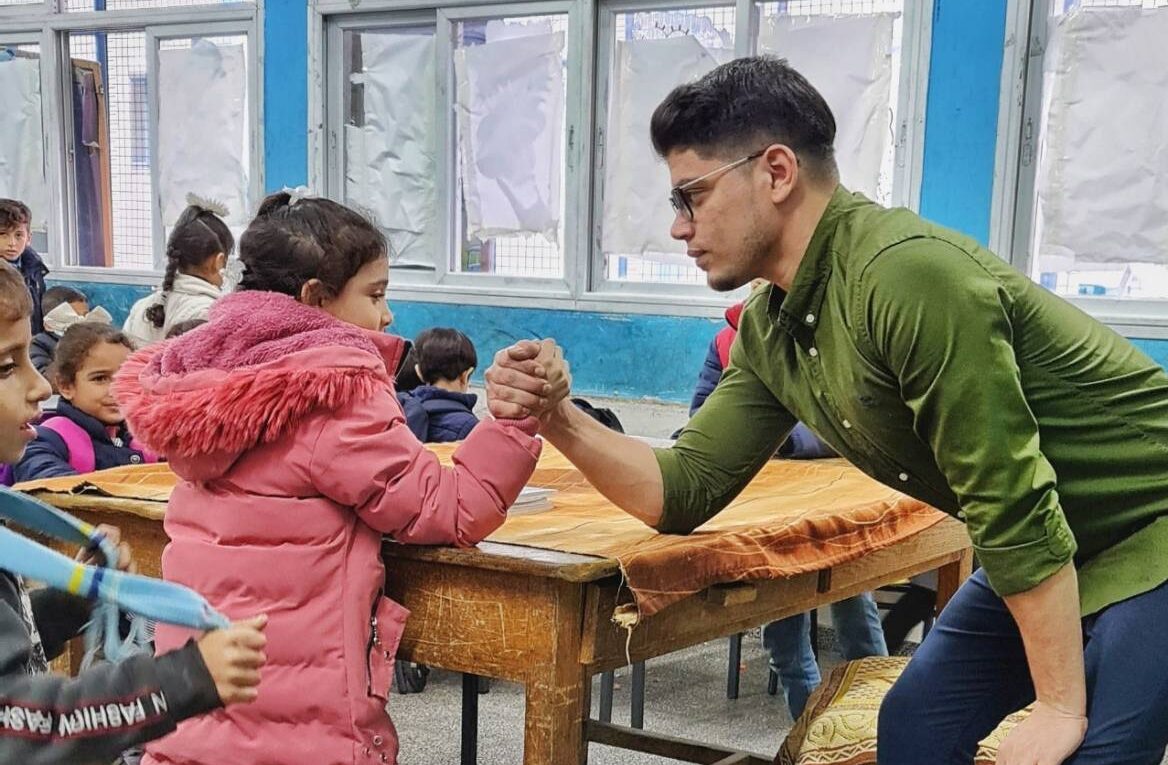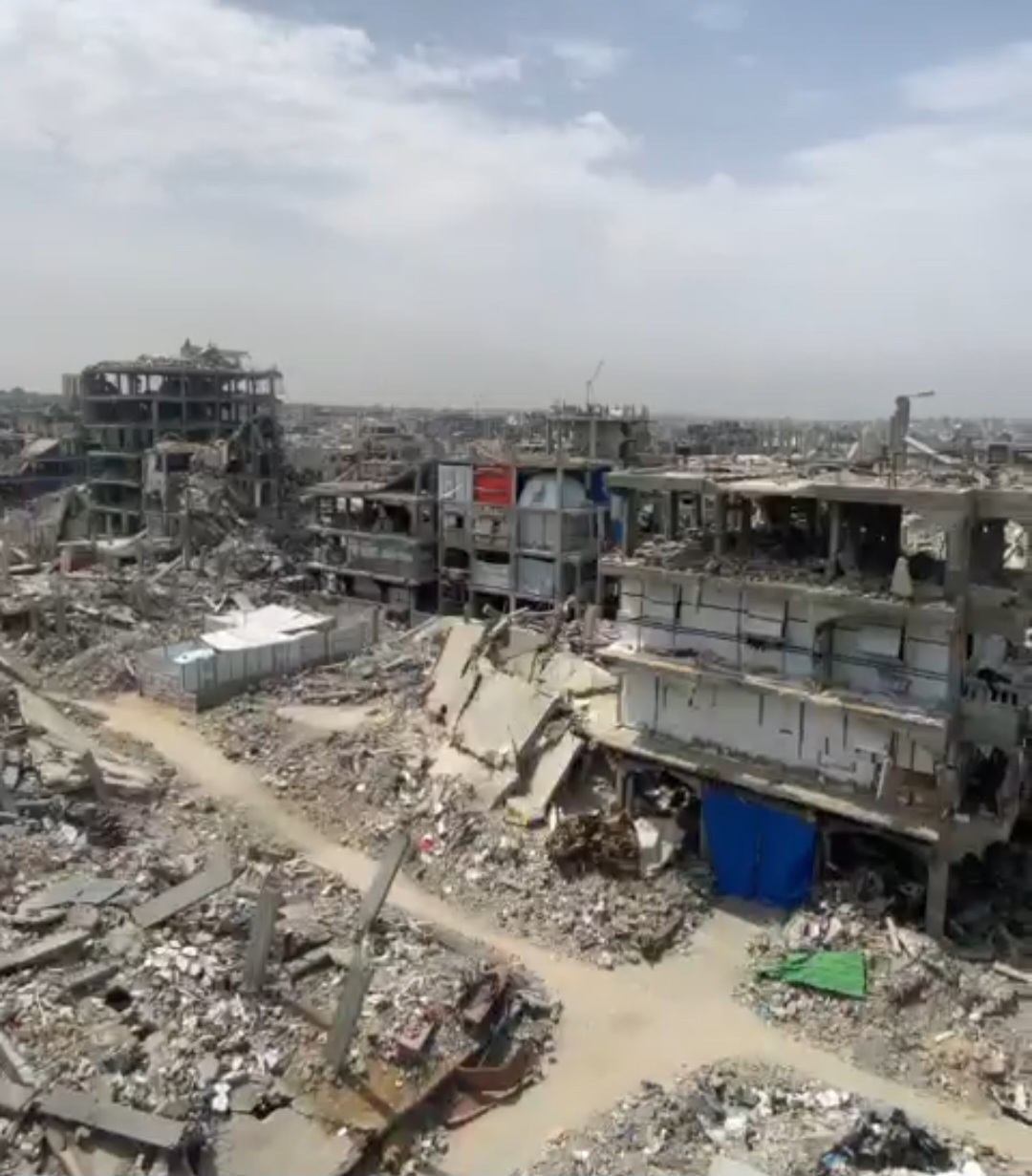By Mohammed Hussein
Every time the media announces that “aid trucks are entering Gaza,” a tiny spark of hope flickers in people’s hearts—as if those trucks might actually bring life with them. But behind the headlines lies a very different story . . . a tragedy that repeats every single time.
It begins when the trucks are finally allowed to move after weeks, sometimes months, of being blocked and piled up under the eyes of the occupation. The drivers set off toward the crossing, and some quietly spread the word: “Today, food will come . . . today there is hope.”
In an instant, the news races through alleys and camps. Elderly men leave their homes despite their frailty, mothers clutch their children’s hands, hungry young men run toward the border—all carrying one simple dream: a bag of flour, a bottle of water, even a can of beans to save the day.
But what should have been a humanitarian moment turns into bloody chaos.
As soon as the gate opens, the shooting starts. Soldiers rain live bullets, tanks shell the ground, and drones hunt anyone who dares to come near. In the middle of this, the trucks move forward—and hunger is stronger than fear, so people run after them, desperate.
Then, the unspeakable happens: The ground becomes a sea of blood. Wounded bodies fall. Some are trampled underfoot, and others are crushed beneath the wheels of trucks, which are forced to keep moving, because stopping would mean being targeted.
When the gunfire finally quiets, another chapter of misery begins.
Organized gangs appear on the roads—sun-scorched men, half-dressed, carrying pistols, knives, and machetes. They ambush the trucks, loot everything, and vanish.
Hours later, the “aid” that was stolen—the very aid people bled for—reappears in the markets. But it is no longer “aid”; it’s merchandise. Flour, oil, even water are sold at prices only the wealthy can afford, while the truly hungry return home empty-handed.
And what about the elderly, widows, women, and children? They don’t even dare approach the crossing. It’s too dangerous, and bullets don’t show mercy. They can only watch from afar or pray that something, anything reaches them. But each time, the same people benefit: the gangs, the black-market traders—those who turn suffering into profit.
And sometimes, the horror doesn’t stop there.
Later, bulldozers arrive, crushing the earth, scraping up the bodies left behind. They bury them quickly under the dirt—as if they were never people, as if they were never waiting for a bag of flour to survive.
Even for those strong enough to grab something from the aid, the nightmare continues. You can’t walk the streets carrying food from these trucks—gangs attack, and the hungry crowd surrounds you. The risk of being robbed or beaten is constant, even after surviving the border.
And so, with every new announcement of “aid entering Gaza,” the same tragedy unfolds: brief hope, spilled blood, looting, and a black market.
In Gaza, even “aid” has become another wound instead of the lifeline it was meant to be.

